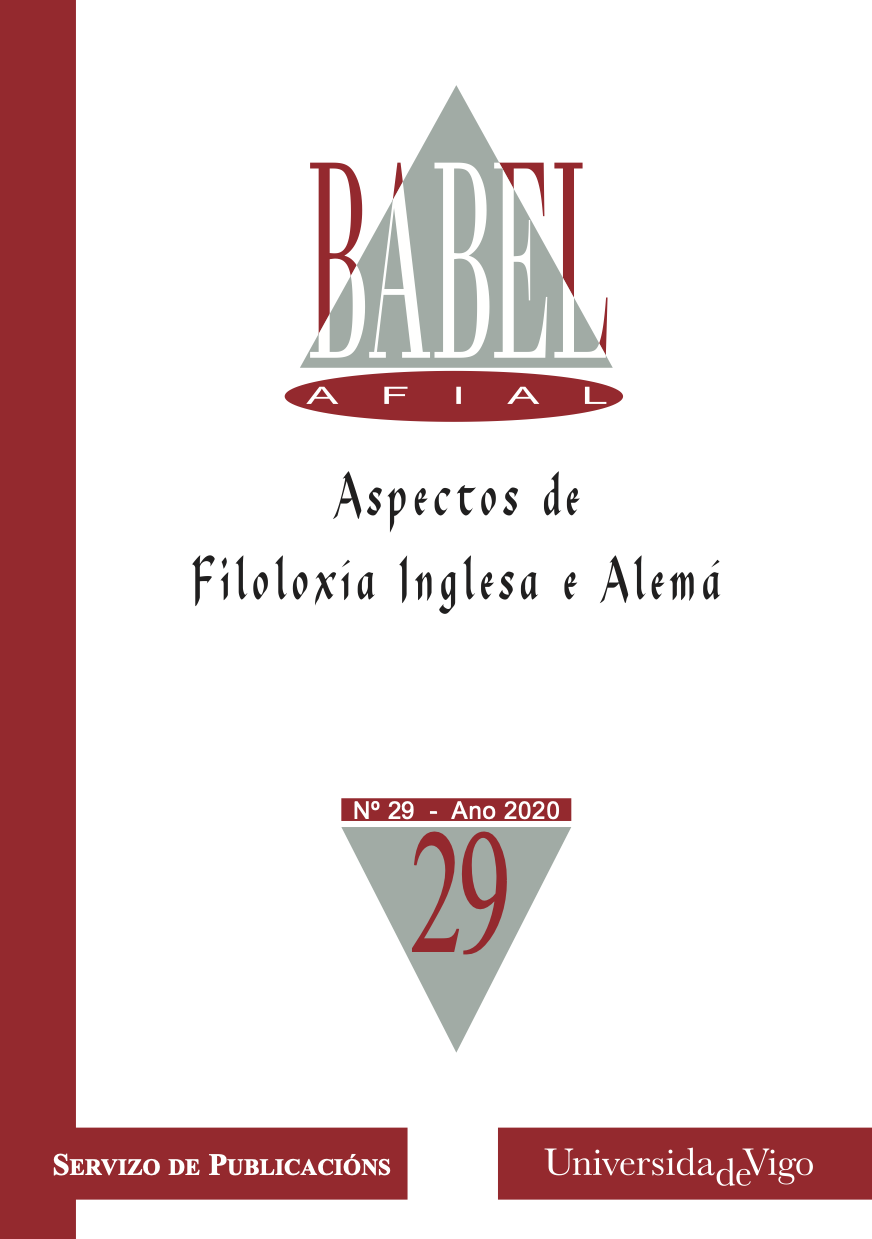A Walk with Life and Death: Spatial Poetics in Viramontes’s ‘Neighbors,’ McCarthy’s The Road, and Alarcón’s ‘The Visitor’”
DOI:
https://doi.org/10.35869/afial.v0i29.3275Keywords:
urban poetics, space, cartography fiction, flaneurAbstract
This article draws on M. de Certeau, J. Jacobs, and H. D. Thoreau, among others, to explore the cultural representation of walking as a revitalizing urban force, a daily practice that although seemingly ordinary and apolitical, may become potentially subversive of the deadening impulses of cartography and capitalism. The analysis focuses on the complex links between walking, creativity, and death. The article discusses three American stories that, in their heterogeneity and the diversity of their origins and proposals, provide for new approaches to either subversive or submissive practices of walking and performing space, from Chicana author Helena Mari?a Viramontes’s “Neighbors” (1985), where characters appear increasingly paralyzed, entering a state of stasis, subjected to the obstacles of ordered, dominated spaces; to Cormac McCarthy’s The Road (2006), where a father and son struggle to remain alive by walking, paradoxically, on the road; to finally Daniel Alarco?n’s “The Visitor” (2005), where a father and his surviving children strive to come back from a post- apocalyptic space by walking over the ruins of their small village, by creating paths anew. Despite their differences, these stories share the image of literally or figuratively walking on a lifeless, threatening universe: from the deadening streets in Viramontes’s “Neighbors,” to the symbolical death-in-life of the characters in McCarthy’s The Road, and to the resurgent life above the cemetery, in Alarco?n’s “The Visitor.”



